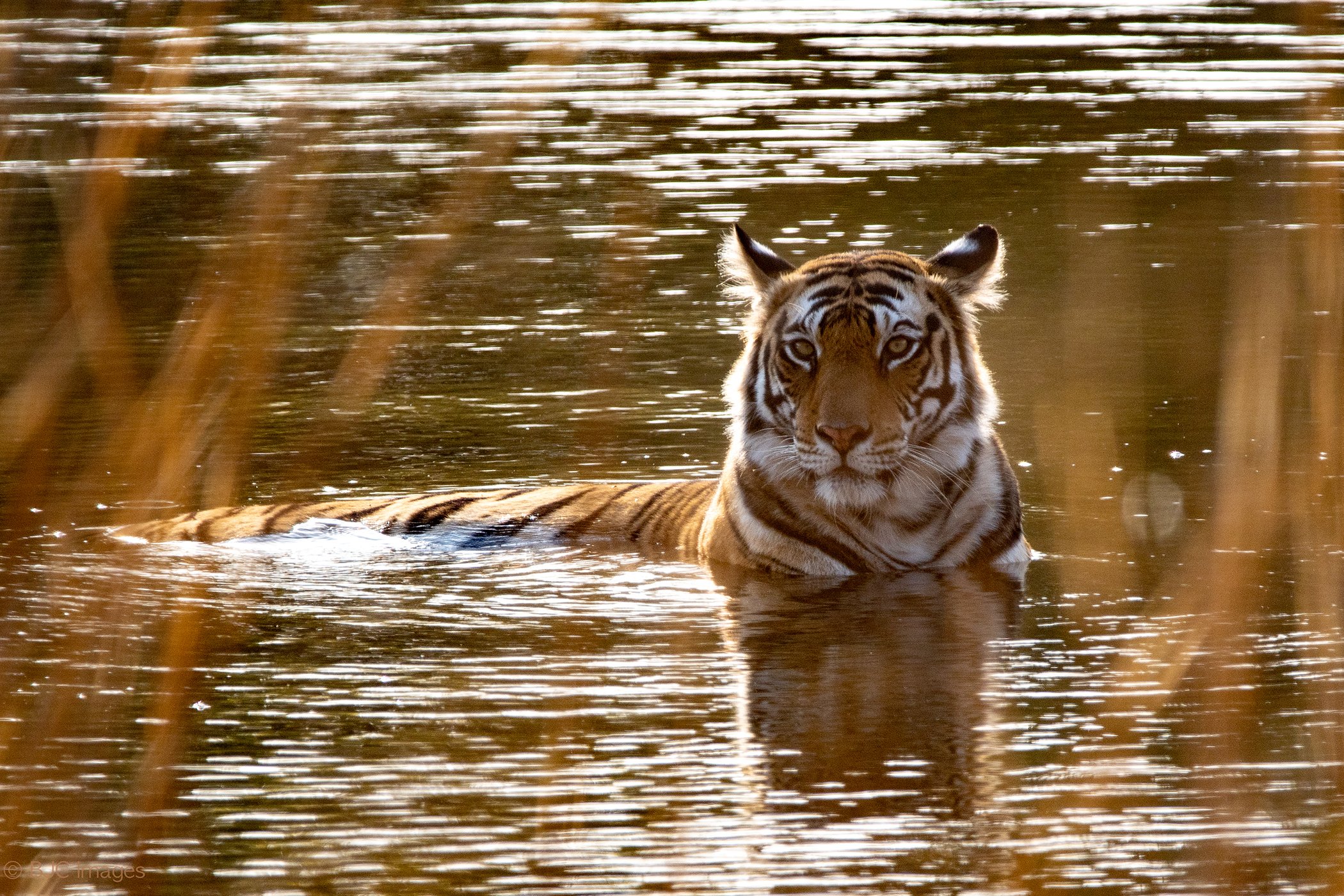A century ago, there were more than 100,000 Bengal tigers in the wild. Today, the population has dwindled to around 4,000, isolated in ever-shrinking habitats.
In the decades ahead, Bengal tigers could entirely disappear from the wild because of sea level rise, climate change, overdevelopment, extreme weather, and poaching, according to a new report in the journal Science Direct.
The tigers would be just one of as many as 1 million plant and animal species to go extinct because of human activity over the next several decades, according to a sweeping new report on biodiversity by the United Nations.
Bengal tigers historically roamed throughout the Indian subcontinent, but human development and hunting over the past century have reduced their primary habitat to the Sundarbans, a marshy area in Bangladesh and India.
Protections put in place by both countries’ governments have helped to stabilize the population in recent years, but a new host of problems have emerged to threaten the species with extinction.
 A Bengal Tiger in Bandhavgarh National Park, India.
A Bengal Tiger in Bandhavgarh National Park, India.
A Bengal Tiger in Bandhavgarh National Park, India.
Chief among these problems is climate change, which is causing sea levels to rise around the world. Around Bangladesh, sea levels are rising faster than the global average, causing the mangrove forests where the Bengal tigers roam to become flooded with salt water that destroys wildlife.
Sea level rise is also pushing the tigers further inland, where they may not be able to find suitable habitat, or where they come into contact with humans who often kill them.
Bengal tiger with a watermelon #aww#cutepic.twitter.com/AZAMwdgxeD
— Sasha (@Sasha_Yiu) May 2, 2019
Read More: 1 Million Animals and Plants Could Go Extinct Because of Humans: Report
Extreme weather tied to climate change is also negatively affecting the tigers, depriving them of habitat and harming their sources of food.
Another major problem is ongoing deforestation and resource exploitation that impacts the tiger’s habitat.
If the tigers disappear, it would have repercussions on the broader ecosystem in the region. As a top predator, Bengal tigers help to balance keep other animal populations in check, creating balance throughout the food chain, and help plants spread their seeds.
Read More: Bugs Are Declining Around the World and Experts Are Terrified
Certain measures can be taken to shield the tigers, according to the New York Times. For example, vegetation that can withstand saltwater would help to counteract sea level rise by stabilizing the marshland and providing food to the tigers’ prey. Additionally, sea walls could be built to block the rising tide, and adding more soil to the landscape could lift the marsh overall above saltwater intrusion.
The most effective intervention, however, is a total transformation of the global economy, including a rapid transition away from fossil fuels to mitigate the ongoing rise in global temperatures.
“The loss of species, ecosystems and genetic diversity is already a global and generational threat to human well-being,” Sir Robert Watson, who led the UN’s biodiversity report, said in a statement. “Protecting the invaluable contributions of nature to people will be the defining challenge of decades to come. Policies, efforts, and actions — at every level — will only succeed, however, when based on the best knowledge and evidence.”